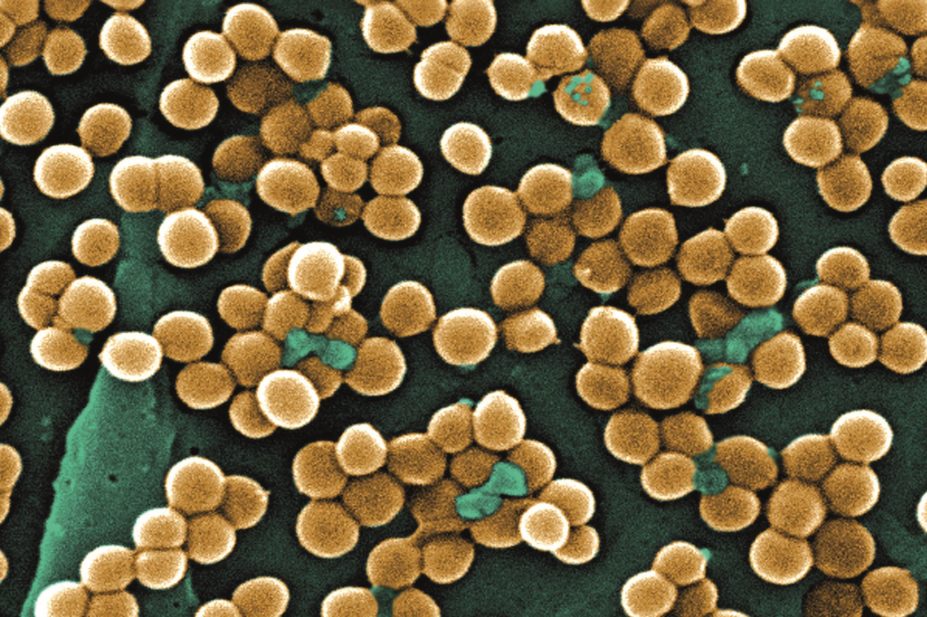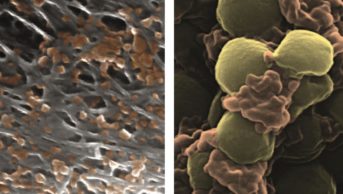
CDC / Wikimedia Commons
Drugs used to treat respiratory diseases must cross biological barriers such as the respiratory mucosa to reach their target. This can mean the drugs need to be given in large doses, with increased toxicity. A new method for delivering respiratory drugs has been developed by European researchers and presented at the 13th European Respiratory Society Lung Science Conference[1]
, held on 13–15 March 2015 in Portugal.
The group developed polymeric nanoparticles loaded with drug (in this case, the antibiotic clarithromycin). When evaluated in vitro, these tiny drug-delivery vehicles were able to reach Staphylococcus aureus located either in biofilms or inside individual lung cells, without toxic effects. The method represents “a promising strategy for overcoming side effects, increasing treatment efficacy, and overcoming resistance”, the researchers say.


